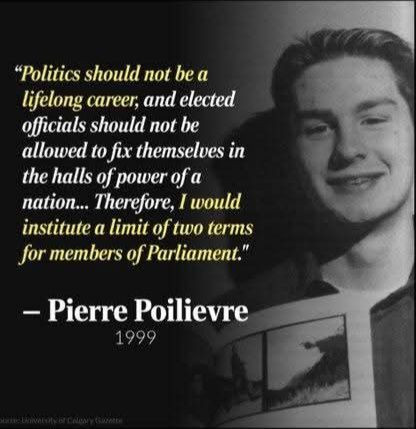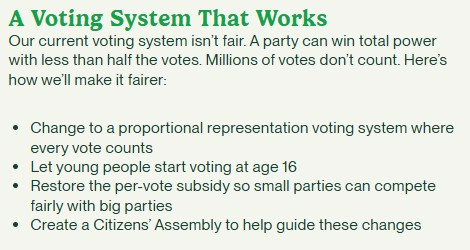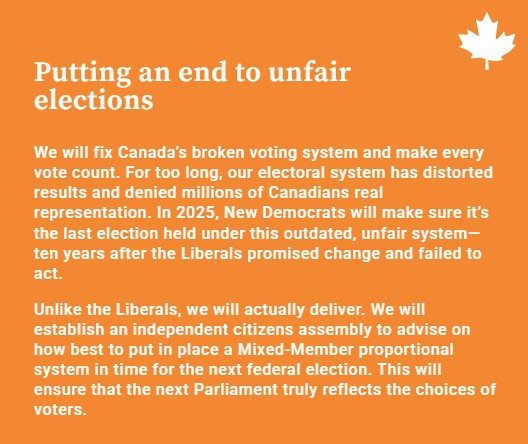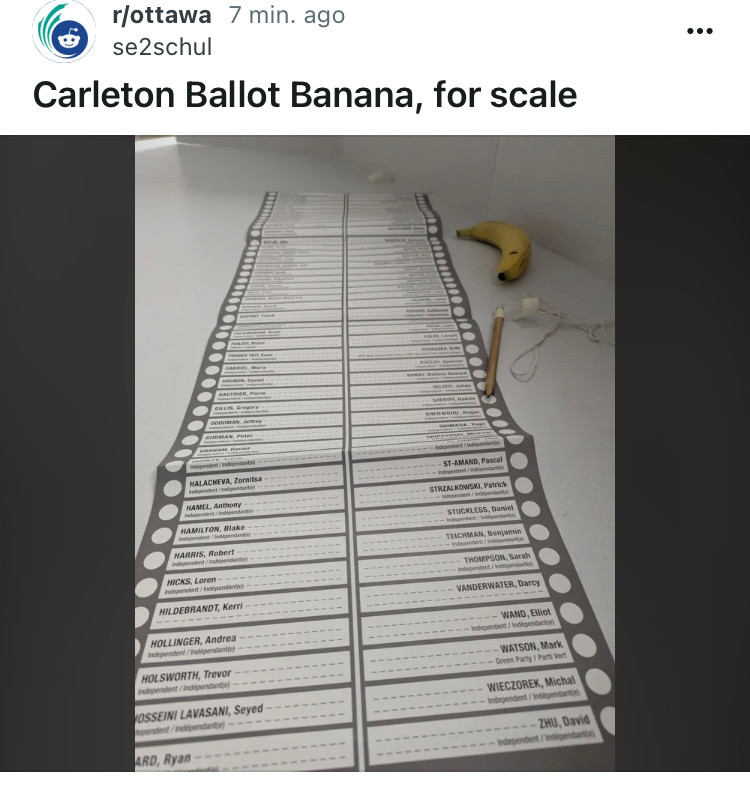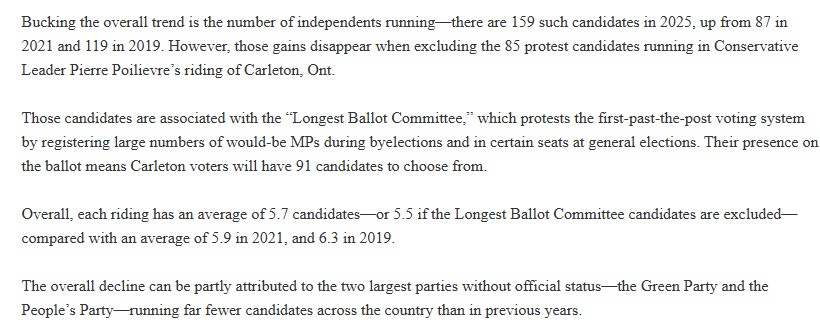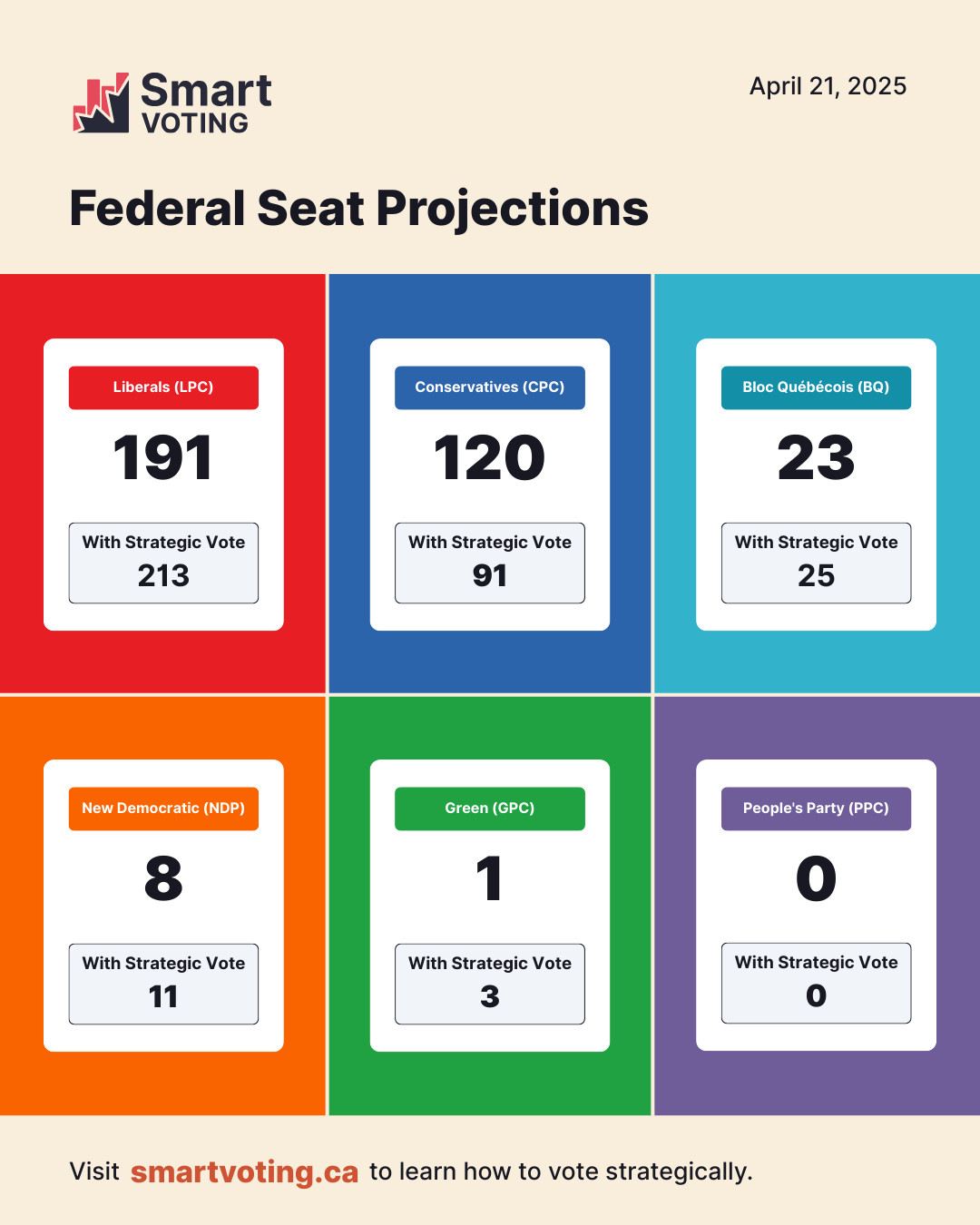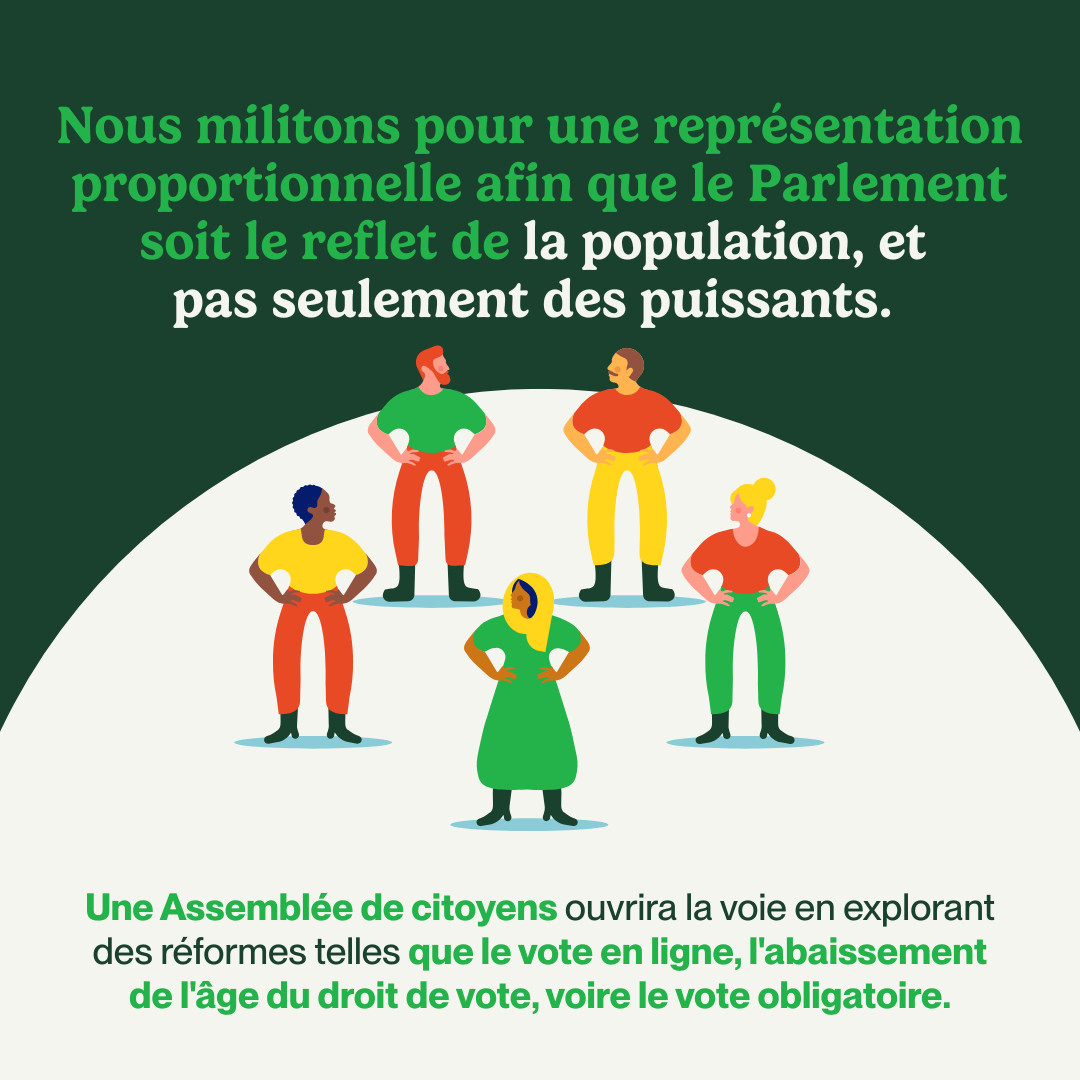I'm pivoting in other ways that either advance PR or civics! The Fair Vote community is in a good place with the work we've done so far!
Any for-profit organization (e.g. Globe & Mail and Toronto Star) can be acquired simply by buying shares. We've seen this with the Hudson Bay, for example.
The featured media outlets in the infographic are either government owned, or non-profit. You can't acquire the government, and a non-profit structure doesn't have shareholders.
Globe & Mail and Toronto Star are currently, Canadian owned, but can be acquired (by foreign interest).
P.s. none of the Canadian owned news outlets in the infographic can be acquired.
The Montreal Gazette is American owned media pretending to be Canadian, infiltrating Canadian culture and politics.
The Ottawa Citizen is American owned media pretending to be Canadian, infiltrating Canadian culture and politics.
I appreciate your question about the potential trade-off between proportional representation and local representation, especially in large countries like Canada where population is concentrated in a few cities.
This concern about weakening the local representative link is one of the most common arguments against PR, but it's based on a false premise. Both Single Transferable Vote (STV) and Mixed Member Proportional (MMP) are designed specifically to maintain strong geographic representation.
Addressing large countries with urban concentration:
In MMP, rural and less populated areas still have their own local representatives, just as they do under FPTP. The difference is that additional regional representatives ensure overall proportionality. This addresses the specific concern of urban-rural balance while maintaining local connections.
With STV, while districts often elect multiple members, every voter is still guaranteed local representation. The key difference from FPTP is that under winner-take-all systems, only voters who supported the plurality winner get a representative aligned with their views. Under STV, virtually all voters get a local representative they actually voted for.
The "one accountable representative" advantage of FPTP is largely illusory:
You mentioned that FPTP allows voters to elect "an MP who is accountable to their specific community and can be voted out if they don't perform well." But this advantage exists only for the minority of voters who supported the winning candidate. In most ridings, 50-60% of voters end up with an MP they voted against.
These voters have no effective local representation they can hold accountable. With PR systems, a much higher percentage of voters have representatives they actually supported.
How PR systems actually enhance local representation:
-
MMP: Every voter has both a directly elected local MP (maintaining the geographic link) plus regional MPs who help create proportionality. This gives voters multiple representatives they can approach.
-
STV: Each voter has multiple representatives for their region. If one MP is unresponsive or doesn't share your views, you can approach another who better represents your perspective.
This multi-representative approach is actually more accountable than FPTP, not less. Under FPTP, if your local MP ignores your concerns, you have no alternative representation until the next election.
The fundamental purpose of an electoral system is to ensure citizens have effective representation in government. Only proportional representation consistently delivers on this principle while still maintaining appropriate geographic representation.
For visual explanations of how these systems maintain local connections, I'd recommend CGP Grey's videos on STV and MMP.
